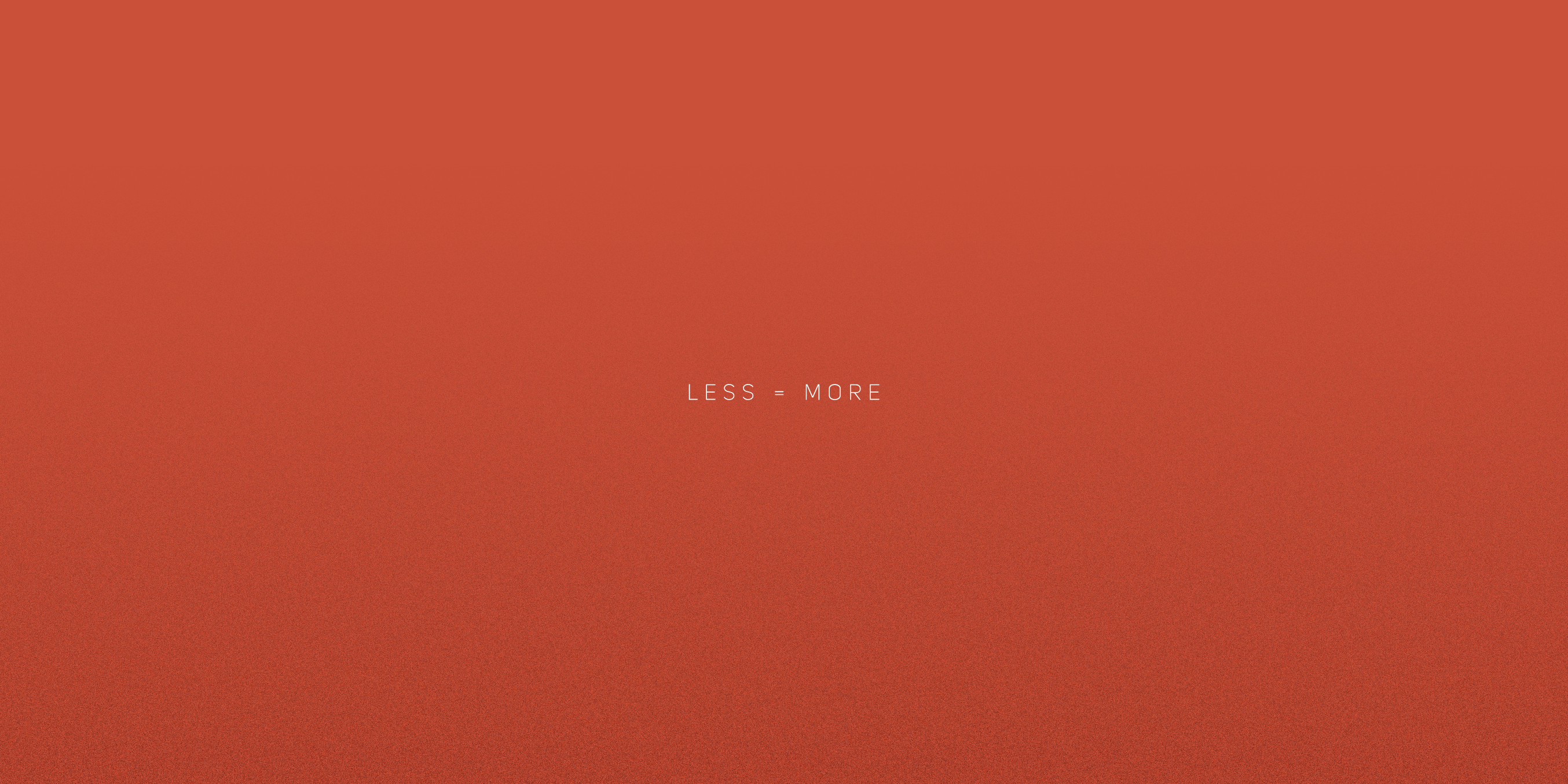
8th May 2015
You’re busy people, so let’s get to the point.
Brevity is the soul of wit. Or to elaborate slightly, truncated forms of communication convey ideas in the most engaging and cogent manner.
Which sentence do you prefer? The first one of course. The second one conveys more information, but it ain’t Shakespeare, and there’s so much to chew on, most people would spit it out.
Advertising copy should be bite sized: small and easy to digest. The perfect ad is a brand-bite – a soundbite that captures the soul of your brand.
But producing this isn’t easy. It involves reducing the brand’s entire CV down to a single essence. The way a chef reduces a sauce to intensivise the flavour. Like a stock cube, the more concentrated it is, the more powerful the effect.
So why is it we fill ads up with body copy, flashes and bullet points?
It’s easy to understand the marketing impulse. “I have all this great stuff I need to tell people about my brand.” That’s all very well if you have their undivided attention and they have time to listen. But be honest, when was the last time you read the body copy in an ad, or absorbed all the bullet points?
I blame Powerpoint. And listophilia (the urge to express everything as a shopping list). Instead of picking 12 things you want to say about your brand, you should focus on the SMIT – the single most important thing. Once you add in the logo, a strapline and an image (which of course is worth a thousand words), you already have 4 elements for your customers to process.
It so happens that the average person’s working memory can only carry 4 chunks of information at a time. A point underlined in this short TED talk by Peter Doolittle: https://www.youtube.com/watch?v=UWKvpFZJwcE
Once you’ve boiled your brand message down to its essential elements, adding more stuff only dilutes it. Overloading an ad also makes it less visually effective. White space attracts attention, but a space crammed full of text repels the eye.
So, if you want to give your customers a palatable takeaway message, you have to trim the fat and feed them fast facts.
Ernest Hemingway spent his life perfecting a lean, spare writing style. He even won a bar-room bet to write the world’s shortest short story, with an entry just 6 words long: “For sale. Baby shoes. Never worn.”
Economy of expression is not a sign of limited intelligence, quite the reverse. US President Calvin Coolidge was a smart cookie but also a man of few words. A woman once said to him “I’ve made a bet with my husband that I can get more than two words out of you.” “You lose” was his reply.
Of course, there are situations where you have the time and space to develop a fuller argument. Over the course of a campaign you have the opportunity to develop a dialogue with your customers. But it should still be regarded as a series of short messages, not an illustrated lecture.
In the end it boils down to one question: what do you want your readers to take away from your ad? A mass of information that slides off them like Teflon, or a single powerful message that sticks like Velcro? Answers on a postcard please.
Here then is the Law of Brevity: The more you say, the less people hear. And the less you say, the more they remember. Or to put it more succinctly, “Less is more”.